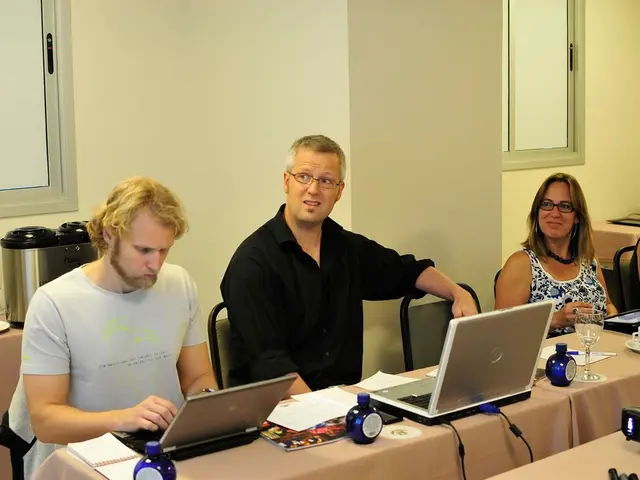Boost in Saxony-Anhalt School Enrollments: A 1.1% Jump
In the current school year, a whopping 19,800 students have kicked off their educational journey in Saxony-Anhalt. This marks a 1.1% leap compared to the previous school year, as reported by the Federal Statistical Office in Wiesbaden on Monday, based on preliminary data.
Nationwide, this surge in school attendance has resulted in a staggering figure of 830,600 students stepping into the classroom - the highest number in two decades! Compared to the previous year, this is a notable bump of 2.1%. The Federal Statistical Office attributes this increase to higher birth rates and increased immigration, specifically from Ukraine.
Baden-Württemberg witnessed the most significant surge, with a mind-boggling 6.9% increase. Conversely, Mecklenburg-Western Pomerania and Thuringia experienced a slight dip, with decreases of 0.6% and 0.7% respectively.
In Saxony-Anhalt, the uptick in enrollments has brought 19,800 new students to the fold. Across Germany, this trend of record-breaking school start numbers has persisted, with over 830,600 children beginning their education.
Key Insights
While the sources don't directly delve into the specific factors behind these nationwide and regional enrollment trends, we can make some educated guesses based on broader educational policies and demographic changes in Germany:
- Economic Growth: A flourishing economy can instill in parents a strong desire for education, leading to a boost in school enrollments.
- Policy Changes: Changes in government education policies may also sway enrollment rates. For example, the implementation of two-tiered models in certain regions may influence the number of students starting school.
- Regional Prosperity: Stronger regional economies could attract more families, thereby escalating school enrollments.
- Demographic Shifts: Changes in demographics, such as alterations in family structures or birth rates, may contribute to variations in school enrollment numbers.
For a more elaborate and precise analysis, special educational statistics and policy documents that delve deeper into these factors would be necessary.








